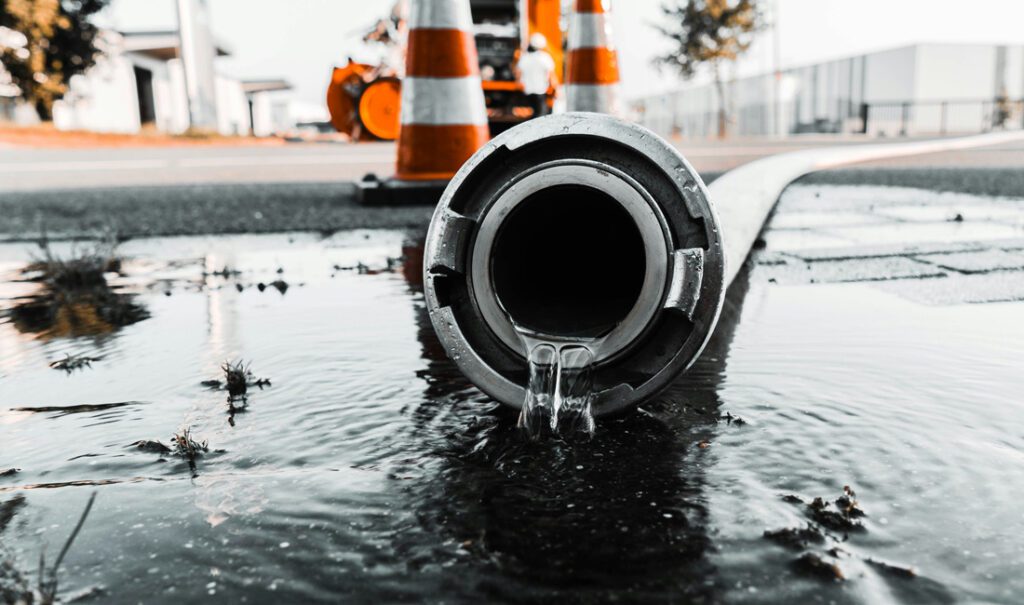Water meter tests are a valuable tool for businesses to detect leaks in their internal systems promptly. By conducting this simple yet effective test, businesses can identify hidden leaks, conserve water, and prevent costly damage to property and infrastructure.
This test can also be used residentially to determine whether you have a leak somewhere in your home.
Check out this step-by-step guide on how to perform a water meter test:
Step 1: Locate Your Water Meter
First, locate the water meter on your business premises. Water meters are typically installed near the main water supply line where it enters the building or in a utility room. Familiarise yourself with the meter’s components, including the meter dial, leak indicator, and shut-off valve.
Step 2: Record Initial Reading
Before conducting the test, record the current reading displayed on the water meter. Take note of the numbers or digits displayed on the meter dial or digital display. This initial reading will serve as a baseline for comparison after the test.
Step 3: Turn Off Water Appliances and Fixtures
To ensure accurate results, shut off all water appliances and fixtures in your business, including faucets, toilets, showers, and irrigation systems. Make sure no water is being used during the test period to isolate the water supply and detect any leaks.
Step 4: Observe the Meter Dial
With all water appliances turned off, observe the meter dial or digital display on the water meter. The meter should remain stationary, indicating that no water is flowing through the system. Keep an eye on the leak indicator, if present, as it may spin or move if there is water passing through the meter despite everything being turned off.
Step 5: Wait for a Period of Time
Allow sufficient time for the test to run, typically around 15 to 30 minutes. During this time, refrain from using any water in the building to maintain accurate test conditions. Use this opportunity to visually inspect the area around the meter for any signs of leaks or water damage.
Step 6: Check for Changes in Meter Reading
After the test period, return to the water meter and check the current reading displayed. Compare it to the initial reading recorded earlier. If the meter reading has increased despite no water usage, it indicates a leak in the plumbing system.
Step 7: Confirm Leak and Take Action
If the water meter test indicates a leak, take immediate action to locate and repair the leak source. Inspect visible plumbing fixtures and pipes for signs of leaks, and consider hiring a professional plumber to conduct a more thorough inspection if necessary. Prompt repairs can prevent water waste, property damage, and costly utility bills.
Reach out to Procure Smart. We can help arrange repairs and assess your contracts all in one go.
By following these step-by-step instructions for conducting a water meter test, businesses can proactively identify and address leaks in their plumbing systems, leading to water conservation, cost savings, and improved sustainability efforts.
If you need help conducting a test, want a more sophisticated leak detection programme, or need to act upon a potential leak in your system, you can speak to us today for a FREE, no-obligation quote.
Simply complete the form below.

